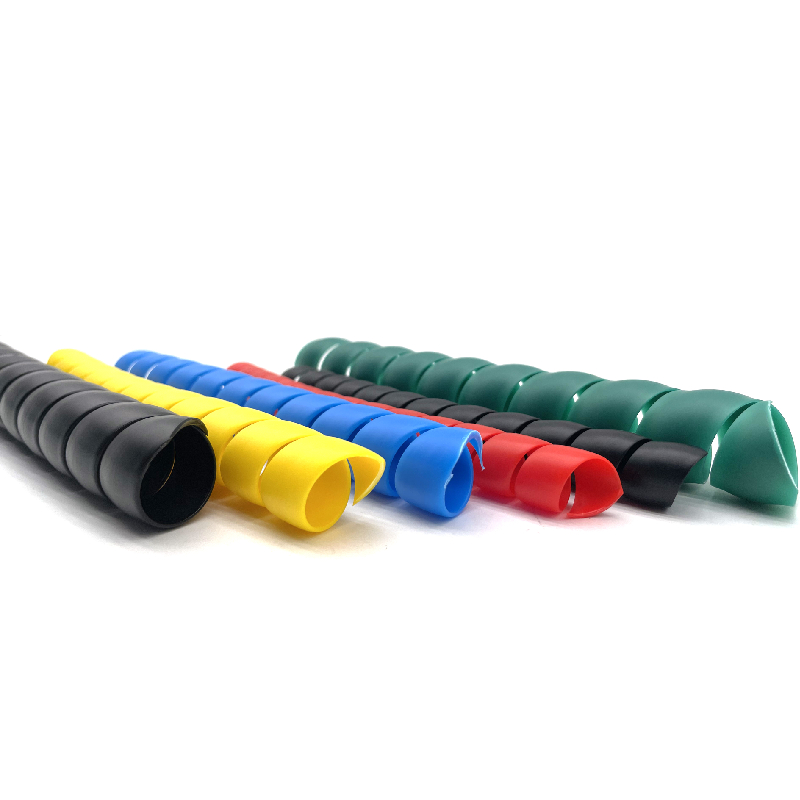SAE J2064 Type C Class 1 Standards for Automotive Refrigerant Hoses and Connections Explained
Understanding SAE J2064 Type C Class 1 A Comprehensive Overview
The SAE J2064 standard is a crucial guideline established by the Society of Automotive Engineers (SAE), focusing on the design, construction, and performance of automotive refrigerant hoses. Among its various classifications, Type C Class 1 hoses have gained significant attention due to their specific applications and requirements in modern vehicles, particularly those utilizing refrigerants like R-134a and R-1234yf in air conditioning systems.
Purpose and Importance of SAE J2064
The primary purpose of the SAE J2064 standard is to ensure safety, performance, and reliability in automotive applications. Given the critical role that refrigerant hoses play in an automobile's air conditioning system, the standard provides detailed specifications regarding their construction materials, pressure ratings, temperature tolerances, and overall durability. This is particularly important in the face of increasing regulatory demands and the push for more eco-friendly refrigerant options, which bring new challenges and requirements for automotive components.
What is Type C Class 1?
The Type C Class 1 hoses under the SAE J2064 standard are designed for use in high-temperature and high-pressure environments typical of automotive air conditioning systems. These hoses are primarily intended for mobile air conditioning applications, featuring a robust construction that can withstand the rigors of modern vehicles.
Type C hoses have a multi-layer design, typically incorporating materials that enhance their resilience against chemical exposure, abrasion, and various mechanical stresses. The inner lining is often made from fluoropolymer or other chemically resistant materials to prevent any leakage of refrigerants, which is crucial for environmental safety. Additionally, their construction ensures flexibility to facilitate easier installation and routing within confined engine compartments.
sae j2064 type c class 1

Key Features of Type C Class 1 Hoses
1. Temperature and Pressure Resistance Type C Class 1 hoses are designed to handle a wide temperature range, typically from -40°C to +125°C (-40°F to +257°F), and can sustain high working pressures of around 35 bar (507 psi), making them suitable for demanding applications.
2. Compatibility with Refrigerants These hoses are compatible with both R-134a and R-1234yf refrigerants, which are commonly utilized in car air conditioning systems. Their construction prevents permeation, reducing the potential for refrigerant loss and improving overall system efficiency.
3. Durability and Longevity The materials used in Type C Class 1 hoses are selected for their durability, ensuring that the hoses can withstand the harsh conditions of an automotive environment, including exposure to oils, UV light, and physical wear.
4. Safety Standards Compliance Adhering to the SAE J2064 specifications ensures that these hoses meet stringent safety criteria, greatly reducing the risk of failure or accidents in automotive air conditioning systems.
Conclusion
In summary, SAE J2064 Type C Class 1 hoses represent a critical component in the automotive industry's approach to efficient and safe air conditioning systems. Their development has been shaped by changing refrigerant technologies and increasing safety standards, reflecting the ongoing evolution within the automotive sector. As vehicles continue to integrate advanced technologies and face stricter environmental regulations, the importance of high-quality, reliable components like Type C Class 1 hoses will only grow. Understanding these standards and their implications is essential for manufacturers, engineers, and automotive professionals who aim to ensure both performance and compliance in their products.
-
Reliable Brake Line Solutions for Your VehicleNewsJun.05,2025
-
Quick Fix for Leaky Air Conditioning HosesNewsJun.05,2025
-
Powerful Sewer Jetting Solutions for Tough ClogsNewsJun.05,2025
-
Power Steering Hose Problems SolvedNewsJun.05,2025
-
Hose Protectors That Actually WorkNewsJun.05,2025
-
Essential Hose Connectors for Every HomeNewsJun.05,2025

